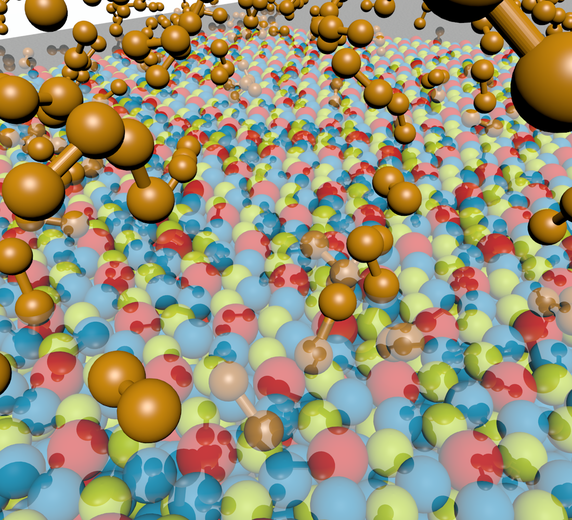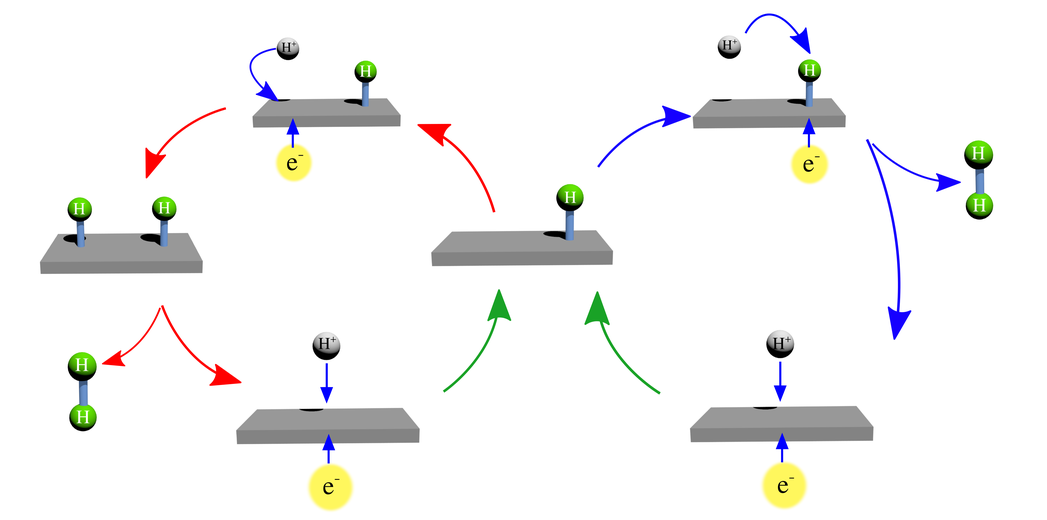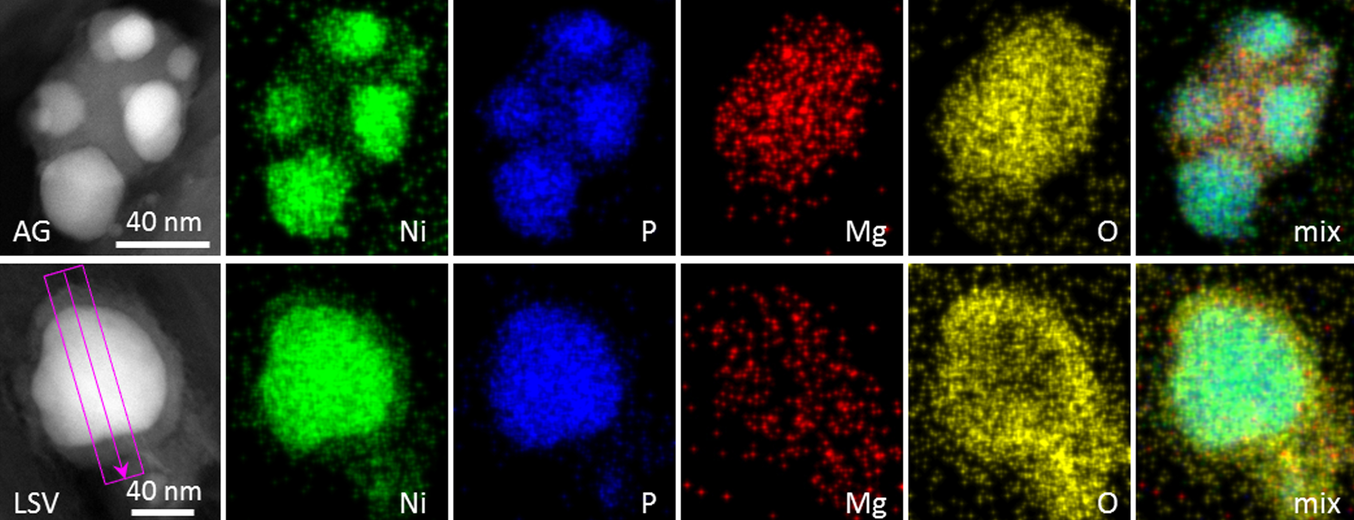Tech Project
Description of the challenges faced by the Tech Project
The platinum group metals (PGMs) are noble and precious elements, which include platinum, palladium, ruthenium, iridium, osmium, and rhodium, all of them important in modern manufacturing and in ICT industry in particular, including the growing concerns about energy consumption by computer systems. The availability of PGMs is considered highly critical for the EU, since PGMs are clearly in the high-risk supply regions, such as China and Russia. CritCat is a theory-driven project, which aims at developing new catalyst nanoparticles from Earth-abundant materials for hydrogen-based clean energy applications. CritCat's interdisciplinary process combines theoretical and experimental activities and highlights the importance of computational modelling in materials discovery. By incorporating the latest materials science know-how with computational simulations based on the laws of quantum mechanics, machine learning algorithms, as well as artificial neural network, the team aims at developing a modelling platform, which enables efficient prediction of potential catalysts.
Brief description of technology
The project aims to provide solutions for the substitution of critical metals, especially rare and expensive platinum group metals, relevant to renewable energy, modern manufacturing and ICT industry. CritCat will explore the properties of ultra-small transition metal nanoparticles in order to achieve optimal catalytic performance with Earth-abundant materials. It embraces novel catalyst synthesis, characterization, and performance testing by a range of academic and industry partners together with large-scale computational simulations and predictions of the relevant catalysts, and model reactions using the latest computational methods. The experimental and theoretical data will be collected (descriptor database) and used for materials screening via machine learning techniques and neural network algorithms. Machine learning algorithms consist of a set of statistical methods extremely useful to help make sense of complex, high-dimensional data as they can find complex correlations from large datasets. This is the key aspect of the CritCat project and we shall apply state-of-the-art electronic structure level computational methods to enlarge the structure-property database and validate the results by experiments.
What the project is looking to gain from the collaboration and what kind of artist would be suitable
The overarching goal is to undergo the brave but curios step of establishing a long-standing bridge between emerging nanotechnologies and the general public by means of art. We would like to achieve the maximum public understanding and acceptance of the emerging nanotechnologies in general, as well as catalytic technology, in particular. The proposed activities will aim at discovering new ways to perceive modern science and technology by pursuing the following objectives: 1. Discovering non-ordinary but useful ways for public understanding and acceptance of nanotechnology through art installations, VR, or so using available project elements, wherein the art will represent the common daily world mimicking nanoscale object interactions and feelings. 2. Revolutionary design and visualization of multifunctional products, while using CritCat hand-made laboratory prototypes and tools as an endless source of inspiration. 3. Breakthrough in public dissemination of the CritCat project activities and technology through the high-profile VERTIGO events and dissemination channels.
Resources available to the artist
The artist will gain access to the INL facilities and will be provided with office open space, internet connection and accommodation at the INL guest house at the beginning of his/her stay. They will have the possibility to interact with the international multidisciplinary research community at the institute. The artist will also have access to open database, computer codes, image and digital data sets, as well as tools and prototypes.




